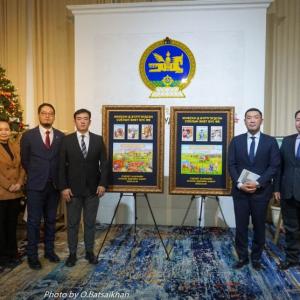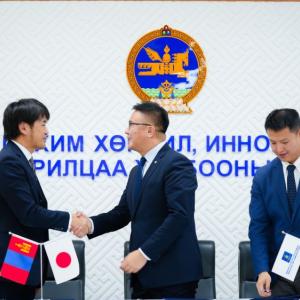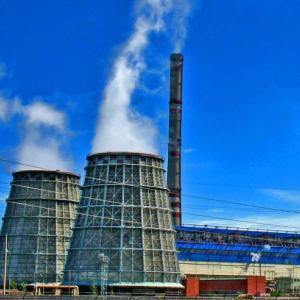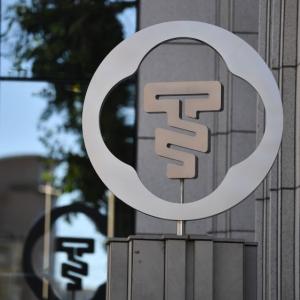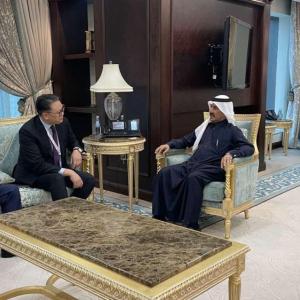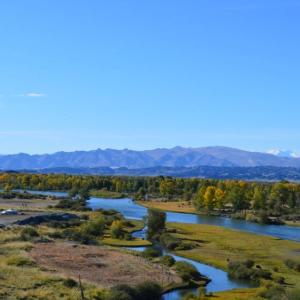Fighting two pandemics hand in hand in Asia and the Pacific
Society
Open Editorial by QU Dongyu, Director-General of the Food and Agriculture Organization of the United Nations (FAO)
Ending hunger and poverty amid
COVID-19 impacts will require leveraging agricultural technology, innovation
and partnerships
Global hunger has been on a regrettable
rise in recent years, and despite Asia’s economic clout, the continent – home
to more than half of the world’s undernourished – has not been spared. Now
COVID-19 is leading to a slow-down of regional economic growth and further
threatening food security.
Southern Asia is particularly
vulnerable, with the number of chronically underfed people projected to rise by
almost a third to 330 million by 2030. It is also the only subregion in the
world, where more than half the children from the poorest fifth of society are
stunted, a condition that prejudices their futures. But there are challenges
all around: The Pacific Island States have the world’s highest child wasting
rates, and East Asia has the world’s highest absolute costs for a healthy diet
– one that goes beyond mere calorie counts to offer balanced nutrition. On top
of that, Asia and the Pacific is the region where obesity and overweight, for
children and adults, are growing faster than anywhere else.
We are facing two pandemics.
COVID-19, which beyond its health toll is crushing livelihoods, and hunger, a
scourge the international community pledged to eradicate by the end of this
decade – the Sustainable Development Goal 2.
Tackling them will require new
ideas and more robust political will. Past progress was sustained by the benign
trickle-down effects of strong economies. This is not the case anymore.
The facts have changed, and so
must our minds.
We need to find ways to increase
resilience across our food systems by identifying new marketing channels (like e-commerce),
increasing efficiency to reduce losses, improve the quality of products available
and storage facilities, which are critical to flows of healthy foods and income
to those who produce them. Inclusive access to finance to strengthen and expand
rural supply chains is also crucial.
The Food and Agriculture
Organization of the United Nations (FAO) has recently launched a new comprehensive COVID-19 Response and Recovery
Programme to provide
an agile and coordinated global response aimed at ensuring access to nutritious
food for everyone by mobilizing all forms of resources and partnerships at
country, regional and global level. In line with the UN agenda to “build back
better”, and in pursuit of the Sustainable Development Goals (SDGs), the
new comprehensive COVID-19 Response and Recovery Programme aims to
mitigate the immediate impacts of the pandemic while strengthening the
longer-term resilience of food systems and livelihoods.
So we are making headway, but we
must, as a priority, attend to the most urgent issues at the very source by enabling
farmers to be more dynamic, entrepreneurial and competitive through continual
innovation.
We need smallholder farmers to
produce nutritious foods, without fear of crop failures, and we need to get
those foods to the mouths of the hungry across the region and beyond. To do
this, smallholders desperately need access to financial resources, technology
and innovation. We also need to educate people on the importance of healthy
diets, so that farmers will have a solid base of demand to whom they can market
those foods.
The Asia-Pacific region is as dynamic
as it is large. It has some of the best agricultural scientists, institutions
and innovative ideas. From Australia, New Zealand and the Pacific to China,
India, Japan, South Korea, Singapore and virtually every country in between,
innovators are proving that everyone can benefit from new technologies and
science.
Examples range from deploying
drones to monitor flood and pest risks, smartphone apps that can identify plant
diseases, advanced genetics that build on crop and livestock breeding,
precision agriculture and aquaculture systems that conserve natural resources such
as water, indoor farming and consumer tools for nutrition monitoring and smart
purchasing.
There is no time to waste. Everyone needs to lend a hand: governments, academia,
the private sector, UN agencies, civil society organizations, international
financial institutions and the people who bring us the food we eat – the
smallholders. And our hands need to be working in unison to overcome pandemics
that by definition affect and involve everyone.
FAO has rolled out the Hand-in-Hand Initiative to
tackle these collective challenges, and the FAO Regional Conference for Asia
and the Pacific, which will be virtually hosted by Bhutan (1-4 September), is the
perfect opportunity for forty-six Members and other partners to forge ways to
expedite action and leverage resources.
By working together, learning together
and contributing together, we can overcome both pandemics and transform the
agri-food system.
 Ulaanbaatar
Ulaanbaatar































